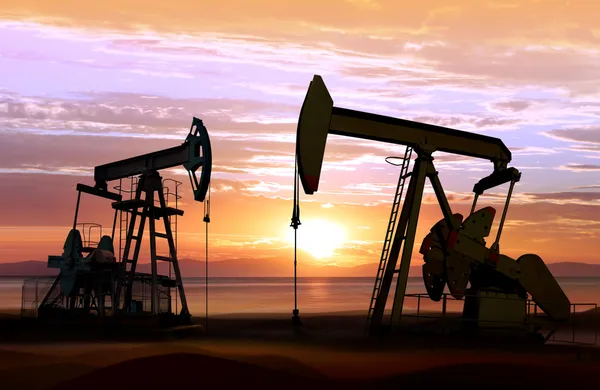
The sudden leap in the cost of crude oil during late September 2025 is not simply another commodity market fluctuation it serves as a grim reminder that geopolitics can overrule economic fundamentals in shaping energy sector destinies. With NATO-Russian tensions escalating, Ukrainian drones strike Russian oil targets, and Kurdistan exports remain in limbo, the energy sector is the leader of the S&P 500, brushing aside losses for other sectors.
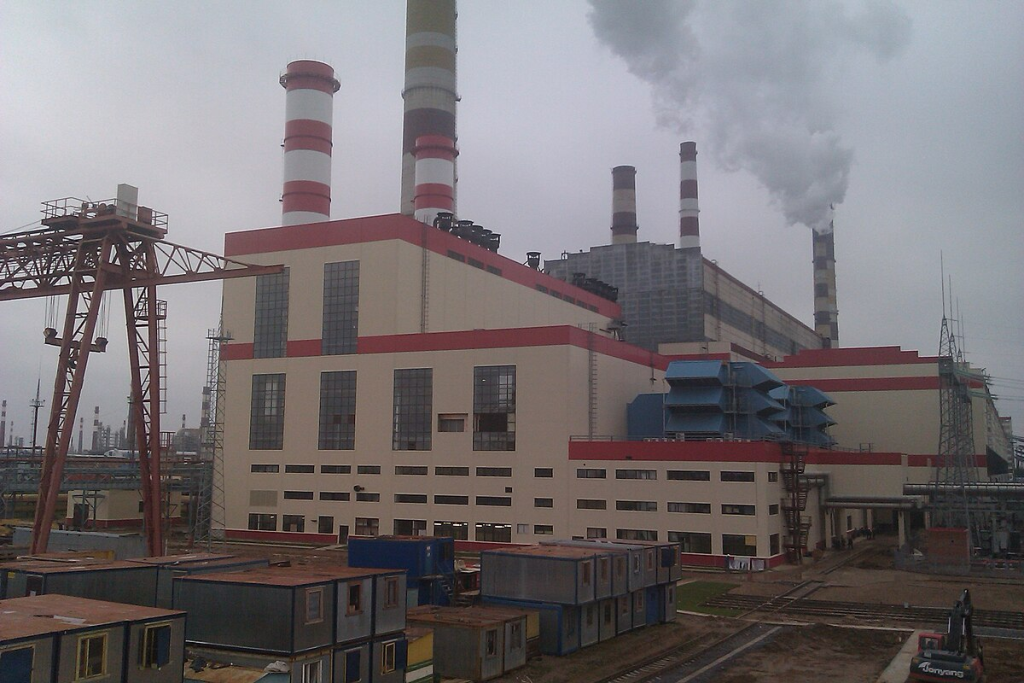
1. Geopolitical Hotspots Causing Supply Disruptions
Price rally then followed after NATO pledged a “robust” response to intrusions into Russian airspace, promising to sever Russian crude flows. Ukrainian drone strikes have hit major Russian refineries, including Salavat and Volgograd, idling around 300,000 barrels per day of refining capacity. Sabotage at the Kirishi refinery with a capacity of over 20 million tons per year has helped drive Russia’s lowest monthly average of refined-product production in over three years. The 230,000 barrels-per-day production loss following the shutdown in Iraq’s Kurdistan region join the tightening supply picture.

2. Market Performance: Energy Sector Leads Broader Indices
On September 23, the S&P 500 Energy sector rose 1.87%, then another 1.3% to 2.01% on September 24 in spite of the Dow Jones and Nasdaq declining. West Texas Intermediate (WTI) futures rose over 2% to $63.85 per barrel, Brent to $67.30, and WTI to just under $65 the next day. This divergence indicates the sector’s resilience in periods of geopolitical tension, with exploration, production, and oilfield services stocks gaining immediate valuation.

3. Winners in Upstream and Services Segments
Oilfield-service providers such as Halliburton watched their shares rise about 8% on Sept. 23, as Baker Hughes will benefit from increased drilling activity. Integrated majors such as Exxon Mobil and Chevron received positive analyst grades, with gains by Occidental Petroleum, ConocoPhillips, and EOG Resources as well. Refiners such as Marathon Petroleum and Valero Energy benefited as they passed through higher crude prices to consumers, and Valero stock rose 5.6% last week.

4. Pressure on Energy-Intensive Industries
Higher oil prices directly translate to higher prices for airlines, manufacturing, and transport. For airlines, increased fuel prices can tighten margins or force the necessity of fare hikes, potentially dampening passenger demand. Manufacturing industries face the same margin squeeze, with inflationary effects transmitting into consumer prices.
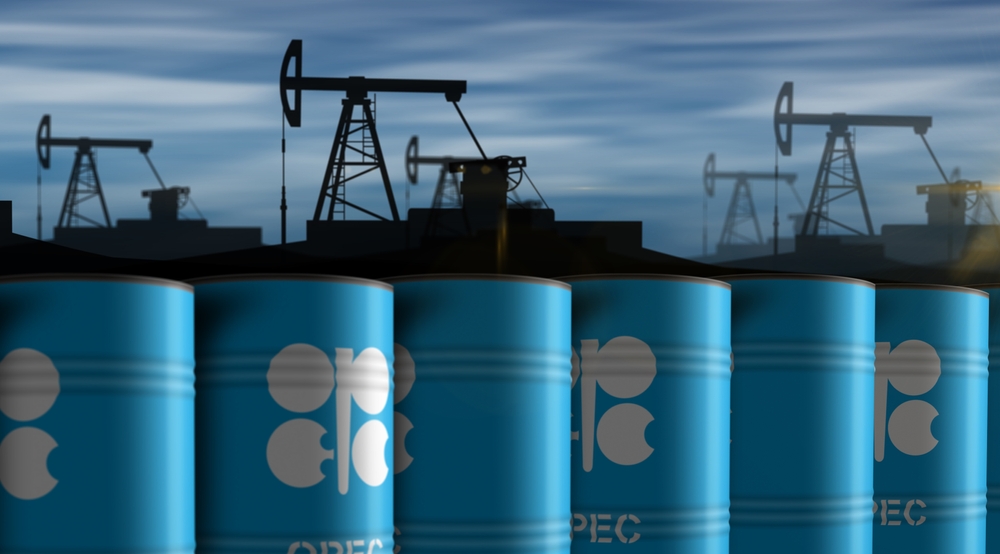
5. OPEC+ Strategy and Historic Lessons
OPEC+’s Sept. 7 decision to raise output by 137,000 barrels a day is one of phased dismantling of 2.2 million bpd in cuts by Sept. 2026. Saudi Arabia, with plenty of spare capacity, is balancing price stability and market share ambitions. Previous oil price conflicts in 1973/74, 2014–2016, and 2020 show the risks of overproduction strategies, which have cost OPEC hundreds of billions in lost revenues and geopolitical power.
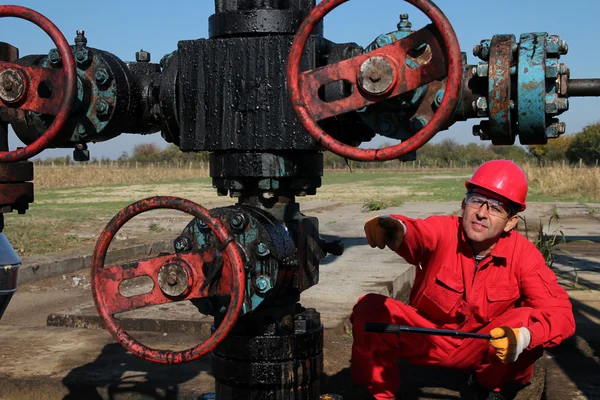
6. Inflation Risks and Policy Response
Every $10 per barrel change in crude will alter gasoline by 25–30 cents per gallon, removing over $1 billion annually from U.S. consumer purchases for each cent rise. Monetary policy can be tightened by central banks to combat inflation, and governments in nations that depend significantly on imports can increase investment in domestic energy production and efficiency.
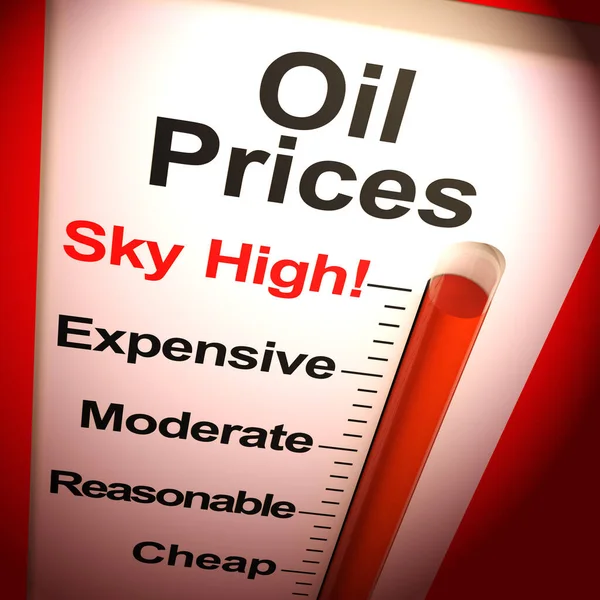
7. Integrability and Competitiveness of Renewable Energy
Increasing long-term oil prices can make renewables more competitive, though their supply chains are generally dependent on oil for shipping raw materials. Clean energy investment worldwide was $2 trillion in 2024, with grid integration augmented by advancements in battery storage and smart grid technologies. Natural gas, which is projected to grow 10–15% internationally after 2030, remains a bridge fuel of significant significance, especially as Asian and South Asian demand for LNG picks up.
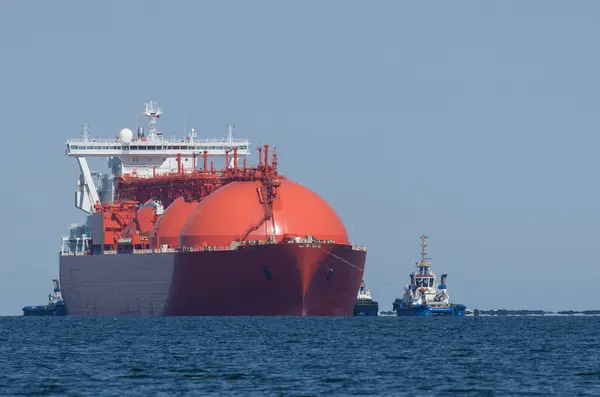
8. LNG’s Increasing Role in International Supply Chains
LNG supply to the world will increase, with the Middle East and North America’s sanctioned projects guaranteeing an addition of over 200 million tons per year. A LNG market demand-supply imbalance will be emerging in the early 2030s, which will create room for cost-effective projects with prices below $8–9/MMBTU.
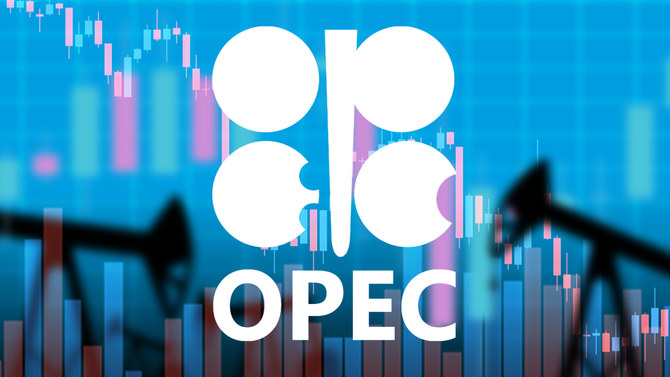
9. Short- and Long-Term Price Outlook
Forecasts from the U.S. Energy Information Administration suggest Brent can fall to $68 in August from $59 in Q4 2025 and $50 in 2026, according to inventory builds and rising non-OPEC supply from the United States, Canada, Brazil, and Guyana. Long-term forecasts have oil demand reach a peak of about 2032, natural gas demand rise by 25% by the year 2050, with demand fueled by electrification and data center expansion.
The geopolitics hotspots dynamics, the OPEC+ oil production policy, and the accelerating speed of the energy transition are reshaping the world energy landscape. For investors and policymakers, the boom today is as much a profit opportunity as a canary-in-the-coal-mine warning illuminating the imperative of agile responses cutting through short-term volatility and long-term structural change.

